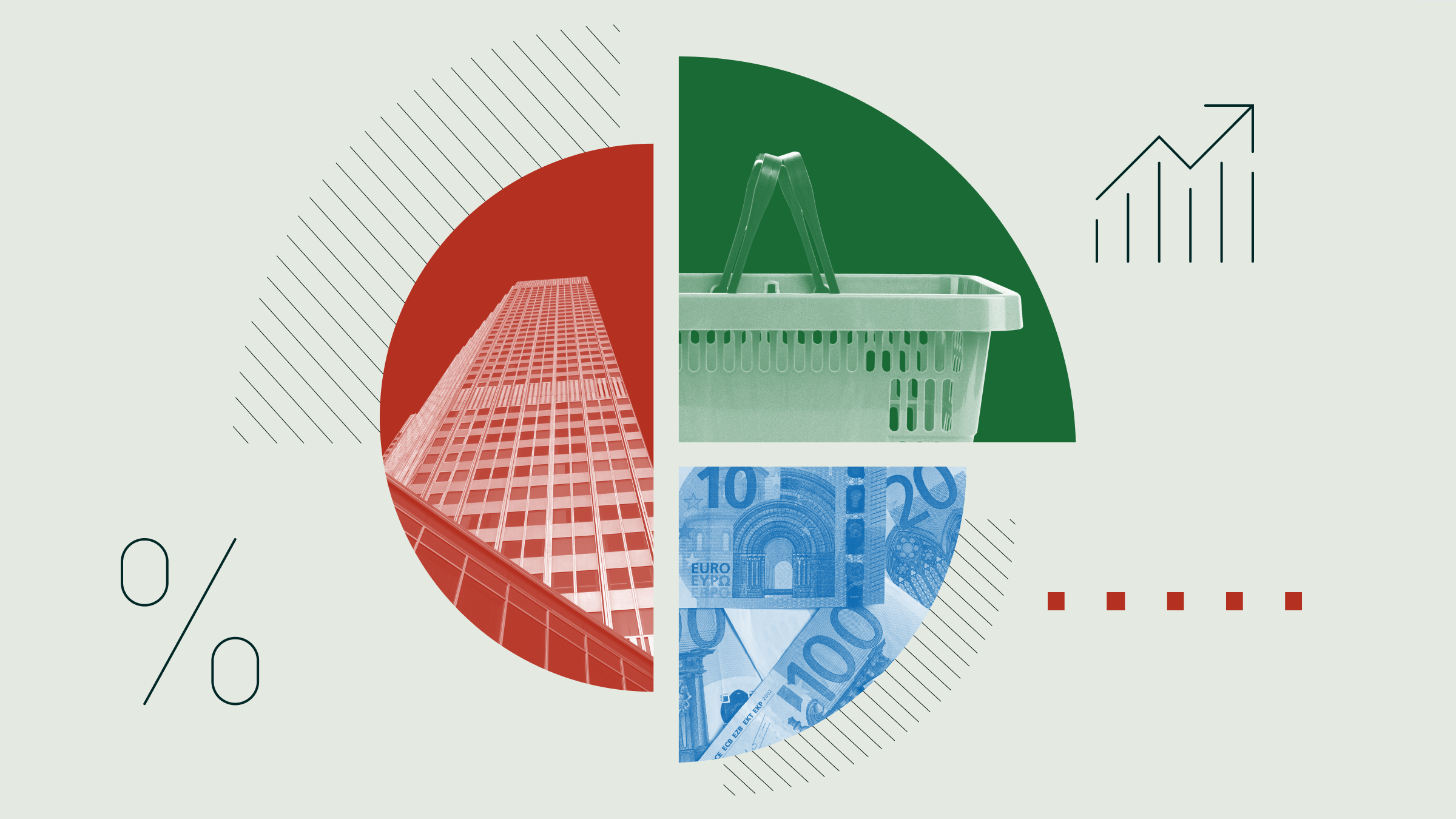Rolle im Portfolio
The db x-trackers Currency Returns ETF is best deployed as a core holding within a well diversified portfolio. The index has shown a low correlation to international equities and a negative correlation to bonds over the last 10 years. Over this period, the index correlated 21% with the MSCI World USD Index and -19% with the BarCap Global Aggregate TR Index. During this span, the index undperformed both bond and equity markets while exhibiting lower volatility. Over the past decade, the Currency Returns Index generated an annualised return of 2.1% compared to 5.1% for the BarCap Aggregate Treasury Index and 6.9% for the MSCI World Index. Given its low- to negative- correlations with traditional asset classes, the index can be very useful as a portfolio diversifier.
Fundamentale Analyse
Over the long-term, currency trading is seen as a zero-sum game. As currencies trade in pairs, it is impossible for all currencies to appreciate at the same time; hence every trade involves a winning and a losing party.
However, only a very small portion (10-25%) of all participants in the foreign exchange market are actually seeking profits—the so-called speculators. The vast majority are hedgers, central banks or tourists. Those non-speculators are willing to pay a liquidity premium to meet their needs, leading to systematic returns. The aim of this ETF is to capture those returns through three widely used strategies, combined under one hood.
One sub-index is based on the well known carry trade strategy, whereby one borrows money in a low interest rate currency and invests it in a higher yielding currency. This strategy tries to exploit the so-called forward-rate bias, meaning that forward exchange rates are not an unbiased estimate of future spot exchange rates. The objective of this strategy is to extract the risk premium for taking currency risk.
The momentum strategy takes advantage of prevailing trends in exchange rate movements. Some investors will act more quickly on news than others and thereby protracting current trends as prices tend to adjust slowly to news. This strategy is based on the assumption that currencies that have performed well over the last three to twelve months will continue to perform well in the near future. Hence, momentum investing relies on backward-looking signals rather than forecasts of the future.
The valuation strategy follows a long-term view and assumes that currencies will revert back to their “fair value”—based on the concept of purchasing power parity—over time.
In addition, the momentum strategy and the valuation strategy can work in tandem to cover one another’s embedded flaws. More specifically, the upward momentum of a currency will eventually fade and it may ultimately begin to depreciate. To mitigate the effects of potential ‘momentum bubbles’ the Currency Return Index also employs a valuation strategy. As a long currency in the momentum strategy continues to appreciate, it will ultimately become overvalued. The valuation strategy will then be taking a short position in the same currency--thereby netting out the long position.
As of this writing, the ETF has exhibited steady returns, low- to negative- correlations with equities and bonds and a standard deviation of 5.0% over the last 10 years. The underlying strategy seems to be crisis robust, having a maximum annual drawdown of 3.05% since 2001. In addition, the index shows no major long-term downtrends; neither during the tech-bubble nor the more recent credit crunch.
Indexkonstruktion
The db x-trackers Currency Returns ETF tracks a quantitative index that seeks to exploit short-, medium-, and long-term trends amongst the G10 currencies. For that, the index combines three sub-indices; namely the Deutsche Bank Carry Index, the Deutsche Bank Momentum Index and the Deutsche Bank Valuation Index. The underlying indices relate to notional currency forward rates and are equally weighted. The DB Momentum Index is rebalanced monthly, whereas the other two Indices are rebalanced quarterly. All three sub-indices select their constituents on their Currency Fix Determination Date, one week before the rebalance day. The DB Carry Index selects the G10 currencies with the three highest (taking a long position) and the three lowest (taking a short position) 3m Libor. The DB Momentum Index takes a long position in the three G10 currencies that have experienced the highest returns versus the USD and a short position in the three currencies exhibiting the worst returns versus the USD during the 12 month period prior to the Currency Fix Determination Date. The DB Valuation Index takes a long position in the three G10 currencies that appear most under-valued and a short position in the three currencies that appear to be most over-valued versus the USD. The index determines currencies’ value by comparing their average spot exchange rates (calculated over a quarterly period) to the most recently published purchasing power parity statistics from the OECD.
Fondskonstruktion
The db x-trackers Currency Returns ETF uses swap-based replication methods to track the Deutsche Bank Currency Returns Index. To achieve this return, the fund invests in a basket of securities and enters an un-funded swap agreement with parent company Deutsche Bank. The bank then gives away the performance of the Currency Returns Index (net of fees) in exchange for the performance of the fund’s basket of securities. The marked-to-market value of this basket is reviewed on a daily basis to ensure that it doesn’t fall under regulatory limits. In line with UCITS III requirements, counterparty exposure mustn’t exceed 10% of the fund’s NAV, i.e. the substitute basket must represent at least 90% of the fund’s NAV at all times. In reality, db x-trackers resets swaps to zero whenever (i) the exposure to the swap counterparty reaches 5% of the fund’s NAV and/or (ii) whenever there is a subscription/redemption at the fund level. Resetting swaps to zero eliminates (temporarily) counterparty exposure. db x-trackers doesn’t engage in securities lending within this ETF, which limits counterparty risk. The fund’s substitute basket typically consists of highly liquid blue chip stocks from OECD countries, including European, US and Japanese equities. It is held in ring-fenced accounts at the funds’ custodian, State Street Bank Luxembourg or the funds’ collateral manager, Bank of New York Mellon Luxembourg and reviewed daily by State Street Global Advisors (SSgA).
Gebühren
The EUR-denominated share class of this fund levies a total expense ratio of 0.30%, whereas the USD- and GBP-denominated versions have TERs of 0.35%.
Alternativen
As of this writing, there are no alternative ETFs following an even remotely comparable strategy. There are an abundance of exchange-traded currency products available, most notably those produced by ETF Securities, but these track specific currency pairs rather than following specific currency strategies.
Nevertheless, investors could invest directly in the underlying currencies. Depending on the economic environment, some currencies will appreciate over other currencies. Japanese Yen and Swiss Franc had historical very low interest rates relative to other currencies. Expanding economic environments will have a positive impact on commodity currencies.
Relative to direct currency investment, ETFs and ETCs tracking currency strategies or currency pairs are far more accessible.
Die in diesem Artikel enthaltenen Informationen dienen ausschließlich zu Bildungs- und Informationszwecken. Sie sind weder als Aufforderung noch als Anreiz zum Kauf oder Verkauf eines Wertpapiers oder Finanzinstruments zu verstehen. Die in diesem Artikel enthaltenen Informationen sollten nicht als alleinige Quelle für Anlageentscheidungen verwendet werden.

















